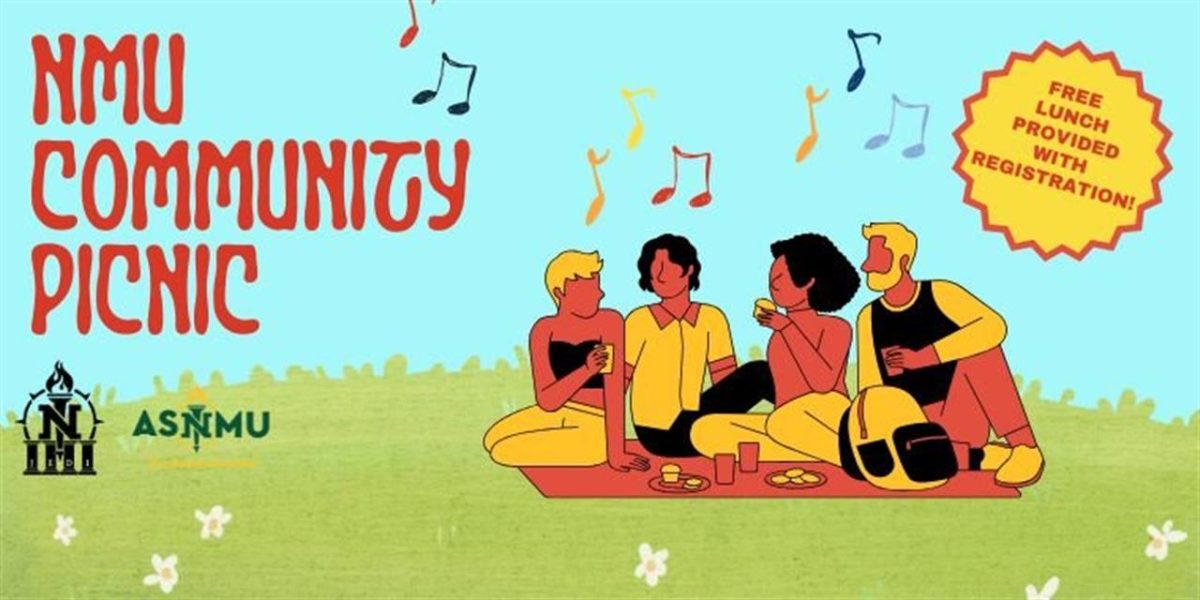Some of the most convoluted and chaotic events I’ve been witness to in life have taken place in my high school cafeteria. From fights, pranks and obnoxious chants, anything could have happened in that small window of time between history and gym that would have made for a good story.
But it wasn’t just the activities of the students that made lunch such a strange time.
Throughout my high school experience, I watched Michelle Obama and the Obama administration’s efforts to decrease childhood obesity change the items offered at our cafeteria. I’m always a fan for healthier options in cafeterias. After all, that food was greasy. But the changes I saw were always undercut by something else.
My sophomore year of high school, I was puzzled to learn that the school required students to get a serving of vegetables with their meal when they bought from the cafeteria.
The rule itself didn’t startle me, it was the fact that I’d hardly ever seen anyone walk out of the lunch line with veggies. Some kids would get salad, but the vast majority just had a typical chicken-finger-type meal. How were all these kids getting away with not getting their greens? It turns out they weren’t.
I then learned that french fries, because they’re made from potatoes, fulfilled the vegetable requirement, along with pizza because of the tomato sauce. At the time, the idea of pizza and french fries equating a serving of vegetables gave me a chuckle, but now it just points out to me today’s one-foot-in one-foot-out approach to nutrition.
As Americans, we’re always trying to find ways to have our cake and eat it too. We want our kids to eat healthier, but we don’t want to go the extra mile and do the job right.
Is it really wise to set the precedent to kids who are about to enter the real world that french fries and pizza can substitute for vegetables?
During the summer, I watched Michael Moore’s “Where to Invade Next.” In the documentary, Moore examines the differences between school lunches in France and America, and I was shocked.
The film showed a typical French elementary school lunch and it was totally different from my experience. The French approach lunchtime as a sort of class, teaching kids about nutrition and table etiquette as they eat. There is also a vast difference in the type of food that is offered to French kids.
The class in the film enjoyed meals made from fresh, local ingredients which looked way more nutritious than many of the meals I remember eating. Instead of burgers, pizza and Bosco Sticks, French students may enjoy: pork rib in Dijon sauce, cucumber salad with creme fraiche or veal sauteed in olives and broccoli.
According to data gathered in 2008 from the International Obesity Task Force (IOTF), 14.9 percent of girls and 13.1 percent of boys in France were overweight or obese. The same year, the IOTF reported that 35.9 and 35 percent of American girls and boys, respectively, were overweight or obese.
Understanding nutrition is key to living a healthy life. If we keep allowing frozen pizza and french fries to be staples in our kids’ diet, we shouldn’t be surprised when we consistently moonlight on the list of most overweight countries. It’s time we decide whether the ease of feeding children processed food in school is worth the price of sending them out to the real world thinking pizza is a vegetable.

























